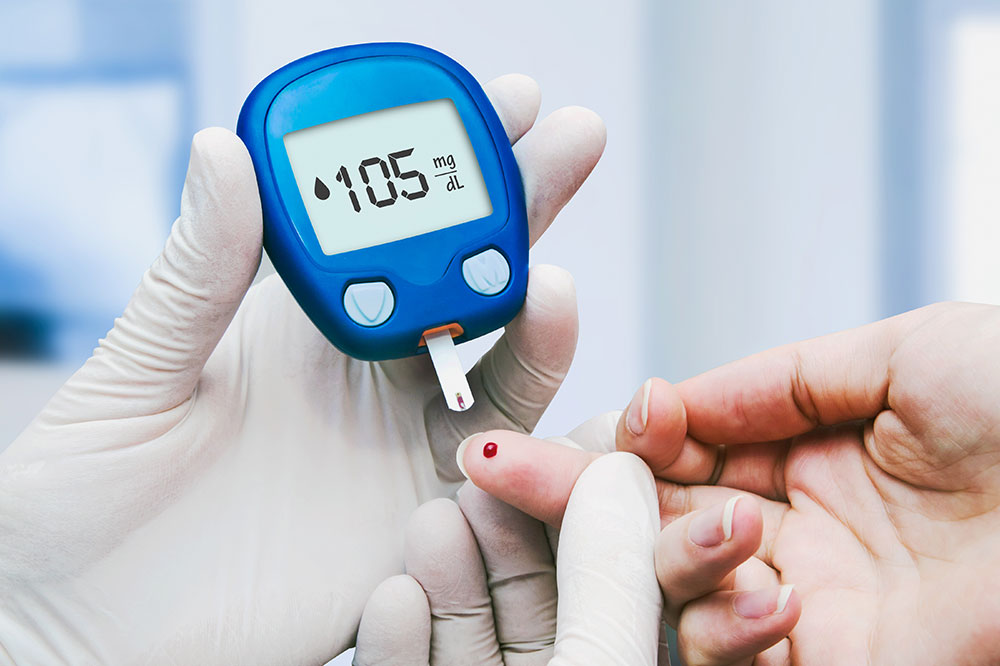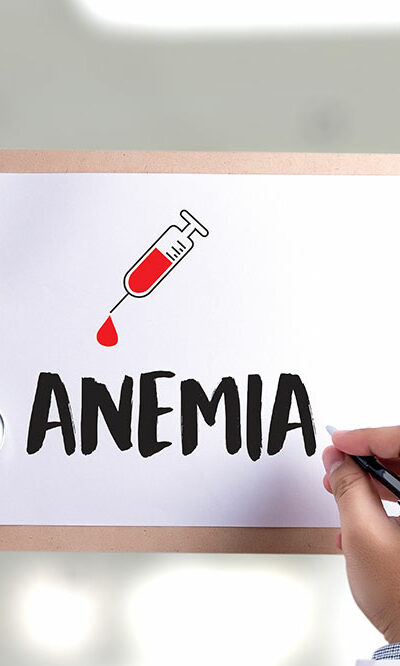Understanding arthritis – A common joint condition
The joints are constantly working while we move our limbs, so, understandably, people may develop certain joint conditions that cause pain and compromise mobility, especially with age. One of the common joint conditions is arthritis, which leads to joint inflammation and mild to severe pain. While there are several types of arthritis, the two most common types are rheumatoid arthritis and osteoarthritis. Stages Rheumatoid arthritis has four stages: Stage 1 : At this stage, inflammation occurs inside the joints, and swelling, stiffness, and joint pain are the common symptoms. Stage 2 : The inflammation of the joint lining, synovium, aggravates at this stage and results in cartilage damage. The affected joints’ range of motion is also compromised, causing pain and discomfort. Stage 3 : At this stage, the severity of the joint condition increases, and it leads to bone damage. This results in more pain, loss of mobility, and weakness of muscles. The bones rubbing against each other can cause bone deformity as well. Stage 4 : This is the final stage where the joints stop functioning completely. It leads to more pain, stiffness, and swelling, and the bones may even fuse, which is known as ankylosis. Osteoarthritis also has four stages of progression:
Read More 









